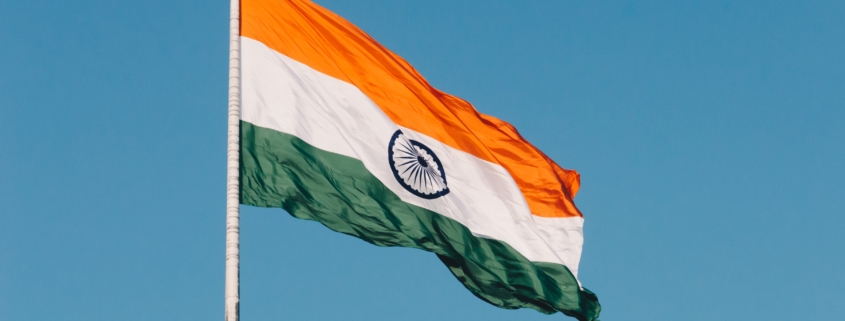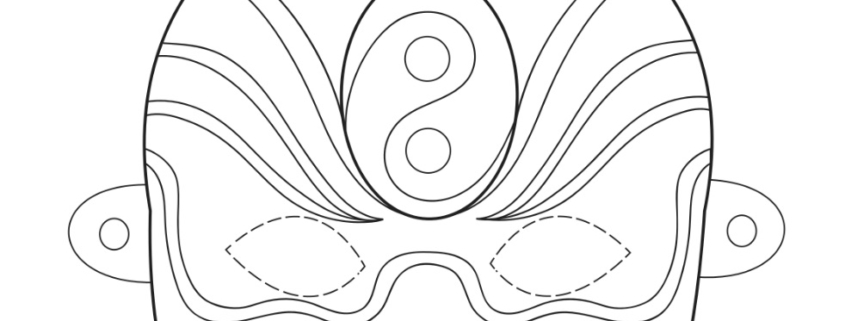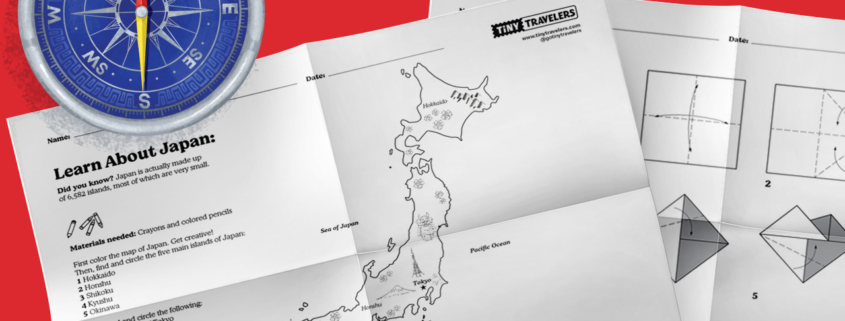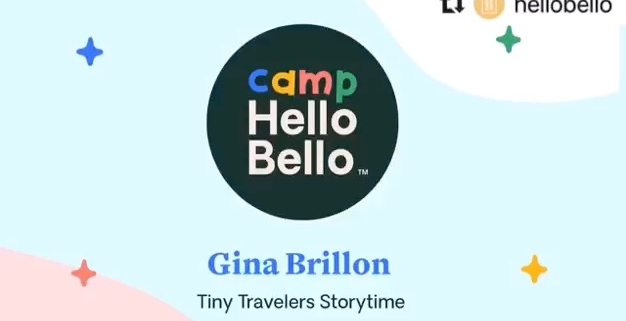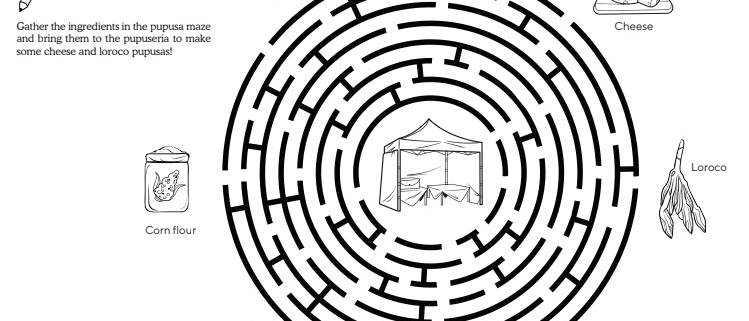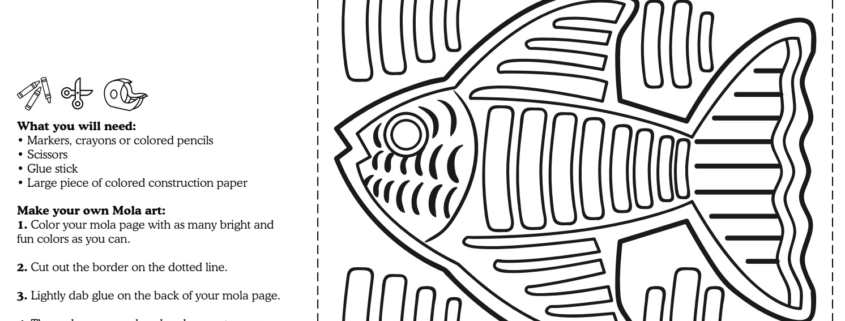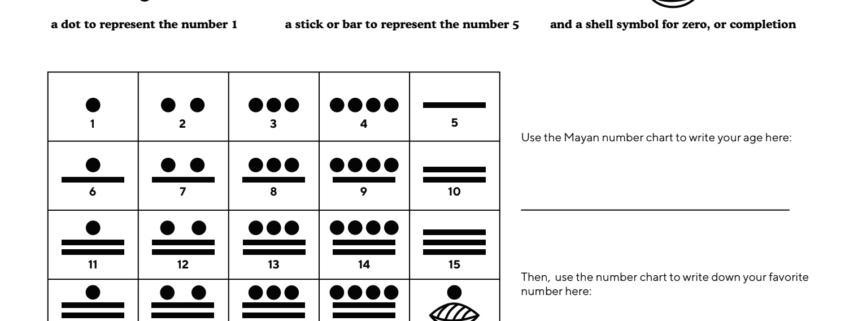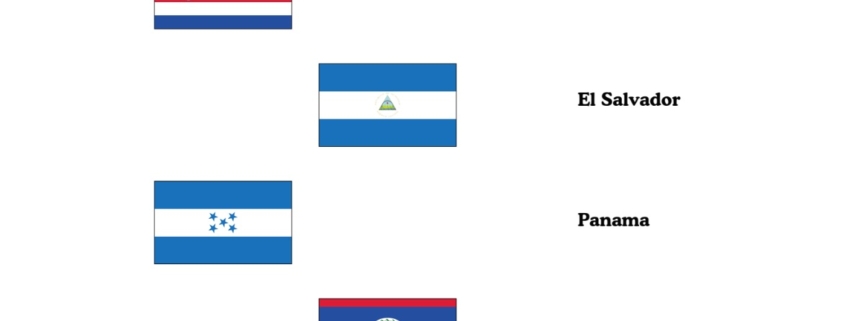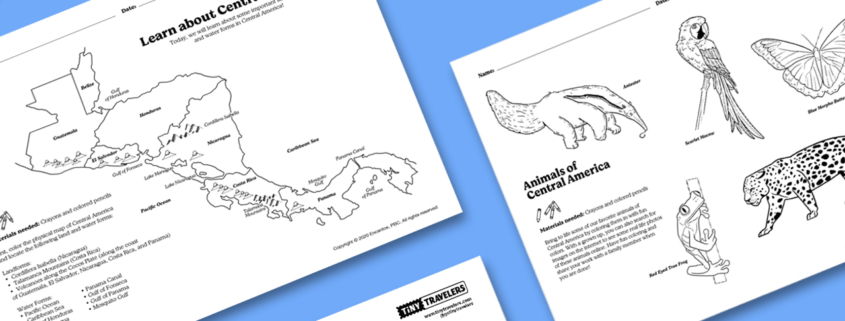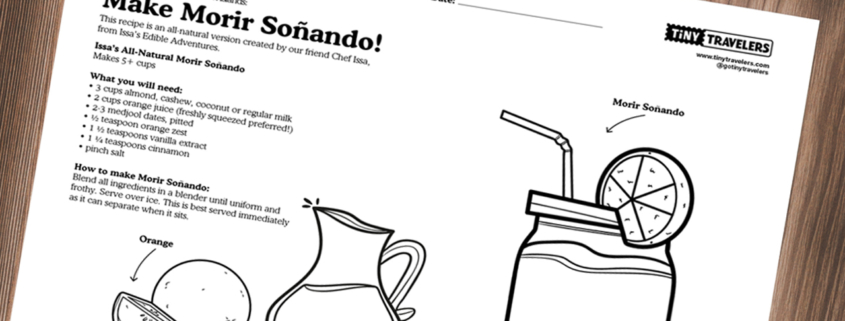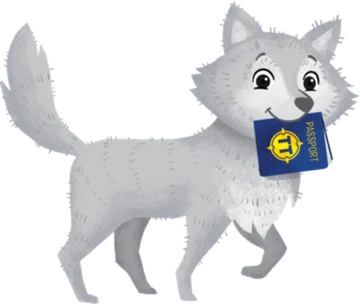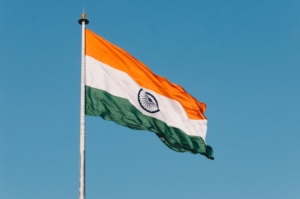
India isn’t just old, it’s ancient!
The Indian Subcontinent (which is the part of Asia where India, Pakistan and Bangladesh are located) has a rich ancient history, with archaeological records dating back to the Paleolithic time period, about 2.5 million years ago! Throughout the years of ancient history, India was inhabited by many ancient people, like the Indus Valley and Harappan civilizations. To this day you can still see artifacts and ruins from these ancient time periods, which have helped researchers learn more about what life was like back then.
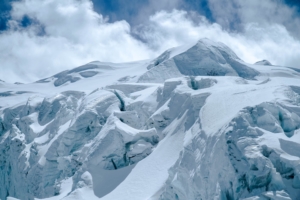
Let’s talk geography
India is one of the most biodiverse areas of land in the world, with a few major ecological features that make it distinct from any other part of the continent. One of these is the Deccan Traps, a massive volcanic province, covering 200,000 square miles made up of basalt lava flows, which began forming 66 million years ago! India is also home to the fertile Gangetic Plains and the Himalaya mountain range.
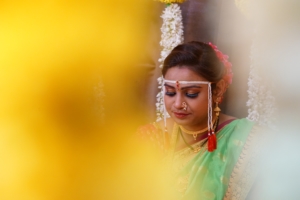
Culturally wonderful
India is home to a thriving movie industry, known as “Bollywood”, based in the capital city of Mumbai. One of the major characteristics of Bollywood films are the vibrant dance numbers that intersperse stories of romance, action, drama or comedy. Bollywood is strongly influenced by India’s national identity, and often depicts historical events from the country’s past.
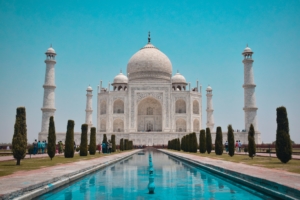
Take me to the Taj!
Among the many iconic sites located in India, the Taj Mahal stands out as one of the most famous. This marble mausoleum, built by the Mughal Emperor Shah Jahan in a show of his love for his wife Mumtaz Mahal after her death, is also the tomb in which he was buried in the year 1658. To create the site, the emperor employed over 20,000 artisans and imported building materials from all over India and Asia.
